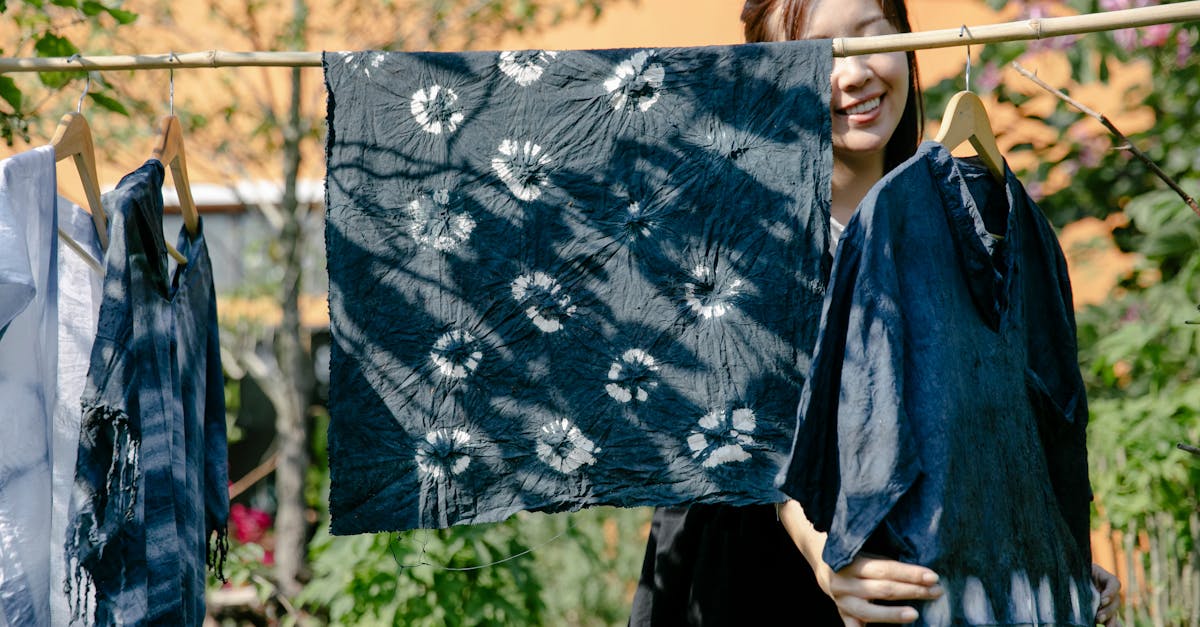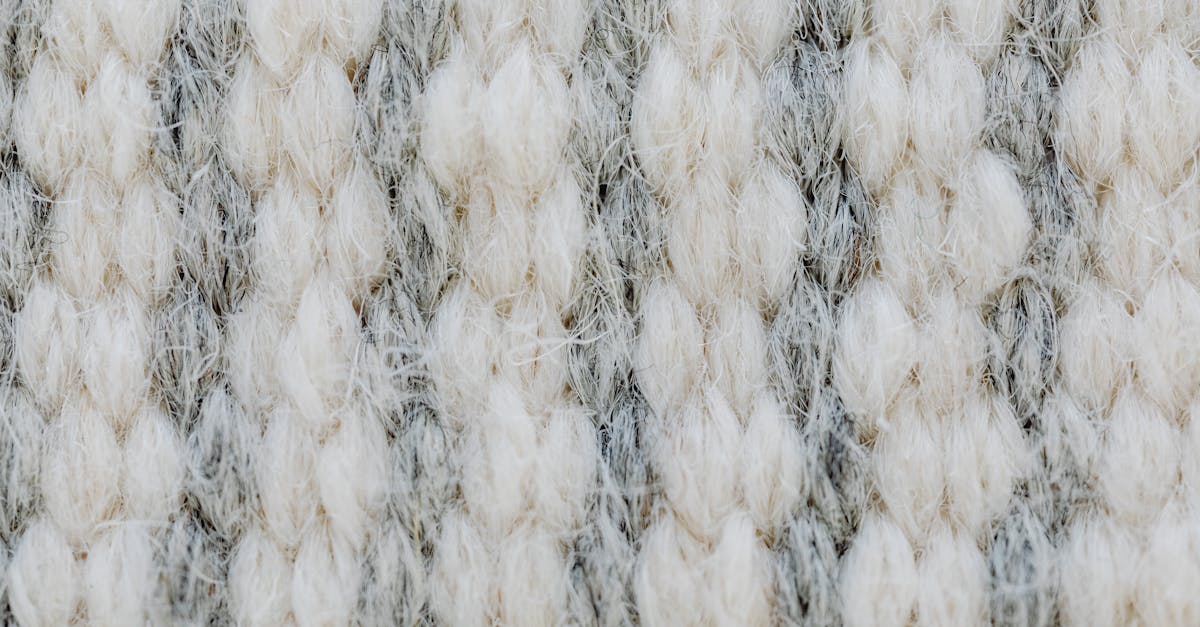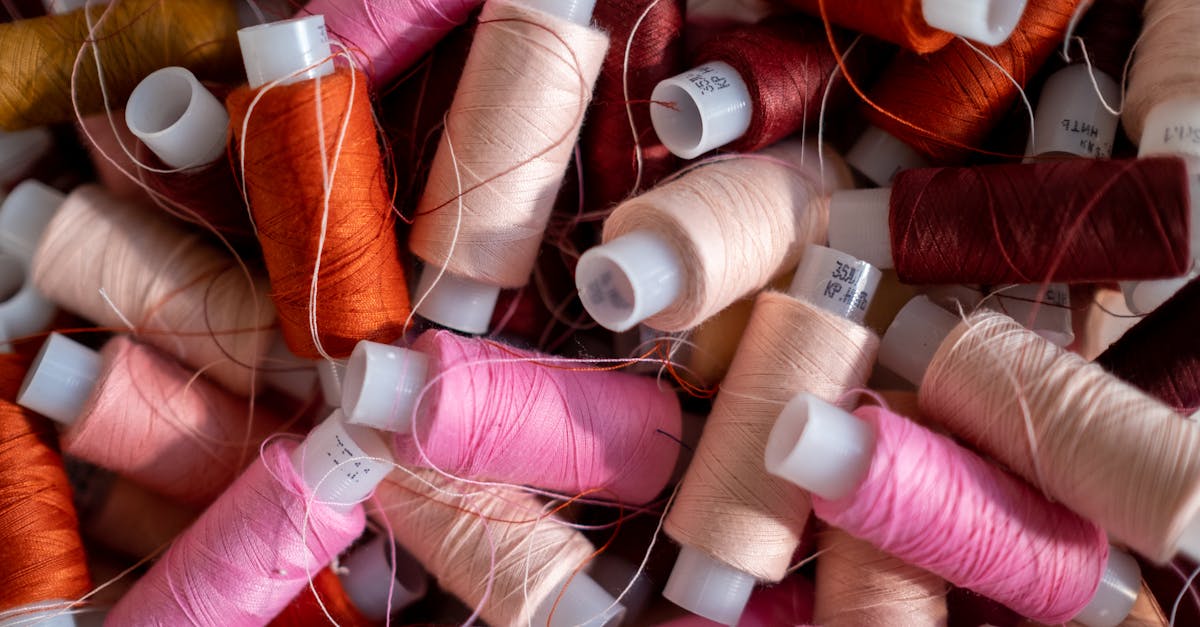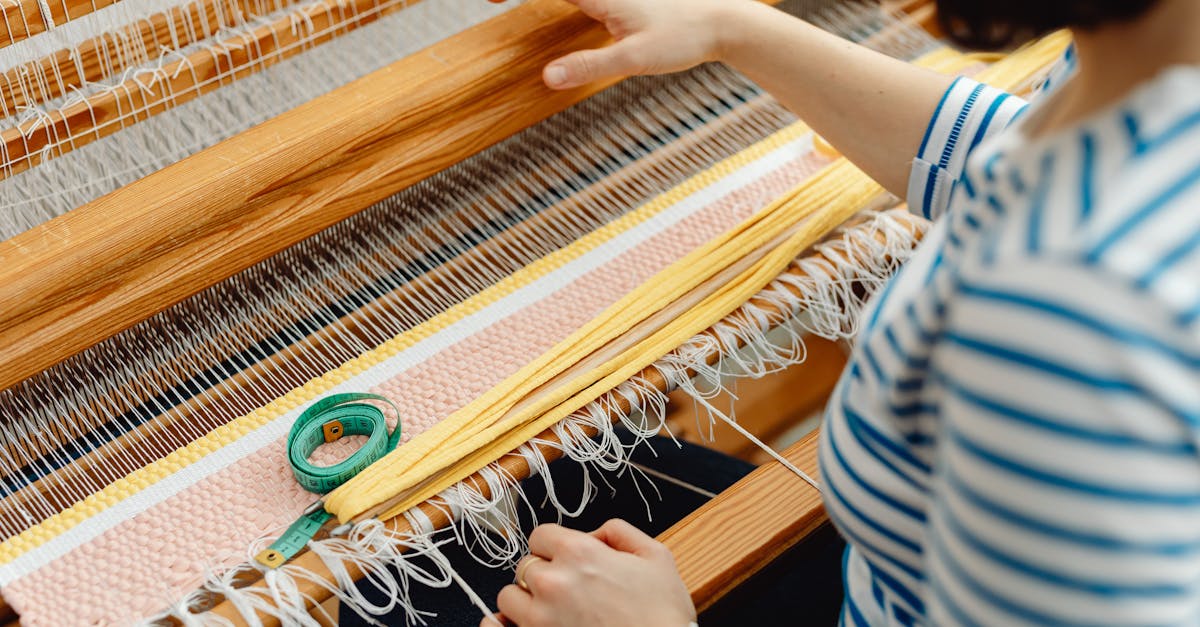Mindful Threads A Journey Into Sustainable Fashion
Introduction
As concerns for the environment grow, the fashion industry is rethinking its approach. Enter sustainable fashion—a practice that aims to reduce waste, minimize carbon footprints, and foster ethical production methods. But what does sustainable fashion truly entail, and why is it essential in today’s world? This article explores these questions, delving into the transformative journey it offers both the industry and consumers. From eco-friendly materials to ethical labor practices, sustainable fashion is redefining style. Join us as we unravel how these mindful threads weave a brighter future for both the planet and our wardrobes.
Advertisement
The Impact of Fashion on the Environment
Traditional fashion production leaves a significant environmental impact. The industry is responsible for nearly 10% of global carbon emissions, a staggering statistic that calls for change. Fast fashion’s demand for rapid trends results in immense waste, with garments often discarded after limited wear. Additionally, textile production consumes vast amounts of water and involves chemicals that harm ecosystems. Recognizing these negative effects, many brands are turning to more sustainable practices. By addressing these issues, they aim to create a more harmonious balance between fashion and the environment.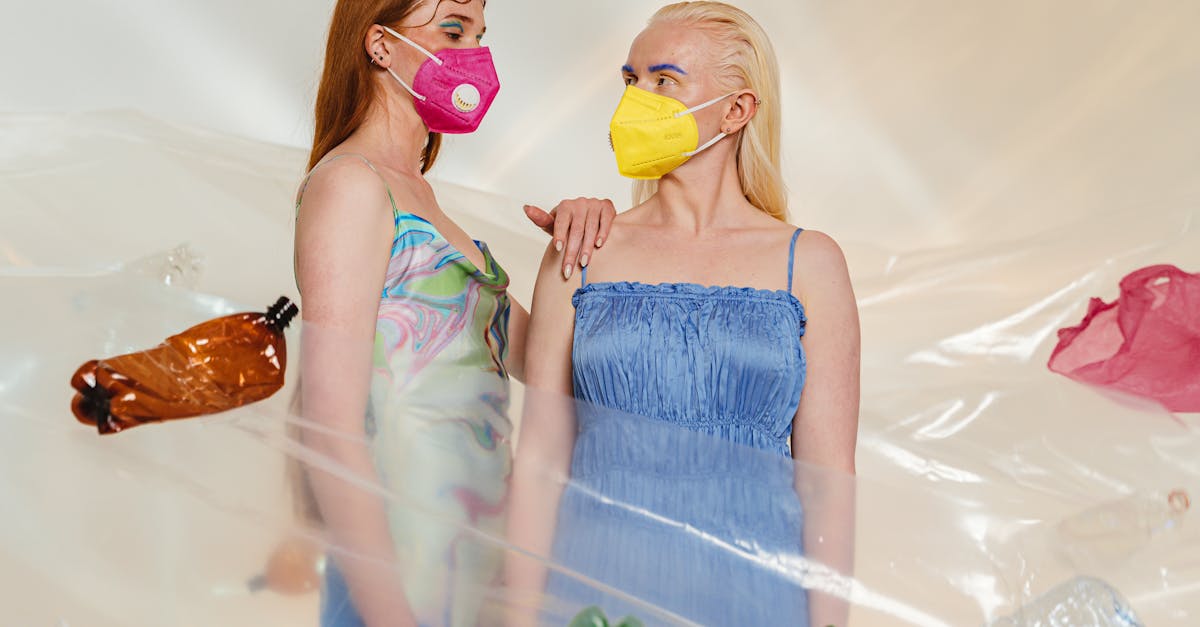
Advertisement
Evolving Consumer Consciousness
Today's consumers are more aware and concerned about their environmental footprint. This consciousness drives demand for sustainable fashion, leading to increased transparency by brands about their processes. Shoppers are increasingly asking tough questions—where are the clothes made, and under what conditions? Who makes them, and are they paid fairly? This consumer shift is significant, as buying decisions now favor brands that prioritize ethical and eco-friendly practices. The trend signifies a cultural evolution towards sustainability, where style no longer comes at the expense of the planet.
Advertisement
Innovative Materials and Technologies
Sustainability in fashion isn’t just about using organic cotton or recycled polyester. It encompasses a world of innovative materials and technologies. From fabric made from bamboo and hemp to lab-grown textiles, these new materials often boast durability and low environmental impact. Enhanced technology supports more efficient production methods, reducing waste significantly. Brands are also exploring digital fashion, creating garments virtually to minimize physical resources. These innovations demonstrate the industry’s commitment to advancing sustainable practices.
Advertisement
Social and Ethical Considerations
Sustainable fashion intersects with social and ethical issues. Ensuring fair labor practices is as crucial as environmental considerations. Many brands are adopting a more transparent approach, revealing their supply chains and labor conditions. Certifications such as Fair Trade and B Corporation recognition assure consumers of ethical practices. Beyond production, sustainable fashion promotes equality and inclusivity, favoring designs and sizing that cater to diverse demographics. This inclusive approach enriches the industry culturally, making fashion a more holistic and conscientious endeavor.
Advertisement
Economics of Sustainable Fashion
Economic factors also play a critical role in sustainable fashion. While sustainable pieces often carry higher upfront costs, their durability promises long-term savings. Investing in high-quality basics can outweigh the transient nature of fast fashion. Additionally, many consumers are leaning towards rental models or second-hand options through thrift-inspired platforms. These choices are budget-friendly and foster a circular economy, reducing waste and prolonging garment life. Brands investing in sustainability often witness increased loyalty and market reputations, unlocking both financial and ethical values.
Advertisement
Challenges and Opportunities
Transitioning to sustainable fashion is not without challenges. Costs associated with eco-certification and technologically advanced materials can be high. Nevertheless, these challenges present opportunities for ingenuity and collaboration across sectors. Partnerships between designers, manufacturers, and environmentalists propel innovation. Governmental policies supporting sustainable practices can further reduce barriers. As awareness and technology evolve, the industry is poised to overcome such hurdles, paving the way for a larger scale transition to sustainability.
Advertisement
Case Studies of Pioneering Brands
Several brands have pioneered the shift towards sustainable fashion, inspiring change across the industry. Patagonia, for instance, prioritizes repair and recycling, extending the life of its products significantly. Stella McCartney is celebrated for cruelty-free luxury fashion, using materials like mushroom leather and organic fabrics. Other success stories include brands like Everlane, which champions transparency, revealing the true costs behind its products. These brands exemplify how thoughtful design, ethics, and environmental concerns can coexist in harmony, setting a precedent for others to follow.
Advertisement
The Future of Sustainable Fashion
The future of fashion lies in sustainability. With growing pressure from both consumers and regulatory bodies, the industry is poised to adopt broader sustainable practices. From zero-waste designs to increased biodegradability in textiles, innovation will continue to shape the sector. Education will play a pivotal role in this transition, empowering both designers and consumers to make eco-conscious decisions. As sustainable practices become mainstream, the industry can move from reactive to proactive solutions, redefining fashion's role in a sustainable future.
Advertisement
Conclusion
Mindful threads have the potential to weave a world where fashion and sustainability coexist beautifully. By embracing eco-friendly materials, ethical labor practices, and economic innovations, the industry can significantly reduce its environmental impact. As these initiatives gain momentum, consumers must continue to demand transparency and accountability. The sustainable fashion movement is not merely a trend; it reflects a societal shift towards better stewardship of the planet. Eventually, these concerted efforts will cultivate a thriving, sustainable future, ensuring that fashion remains a force for good.
Advertisement
